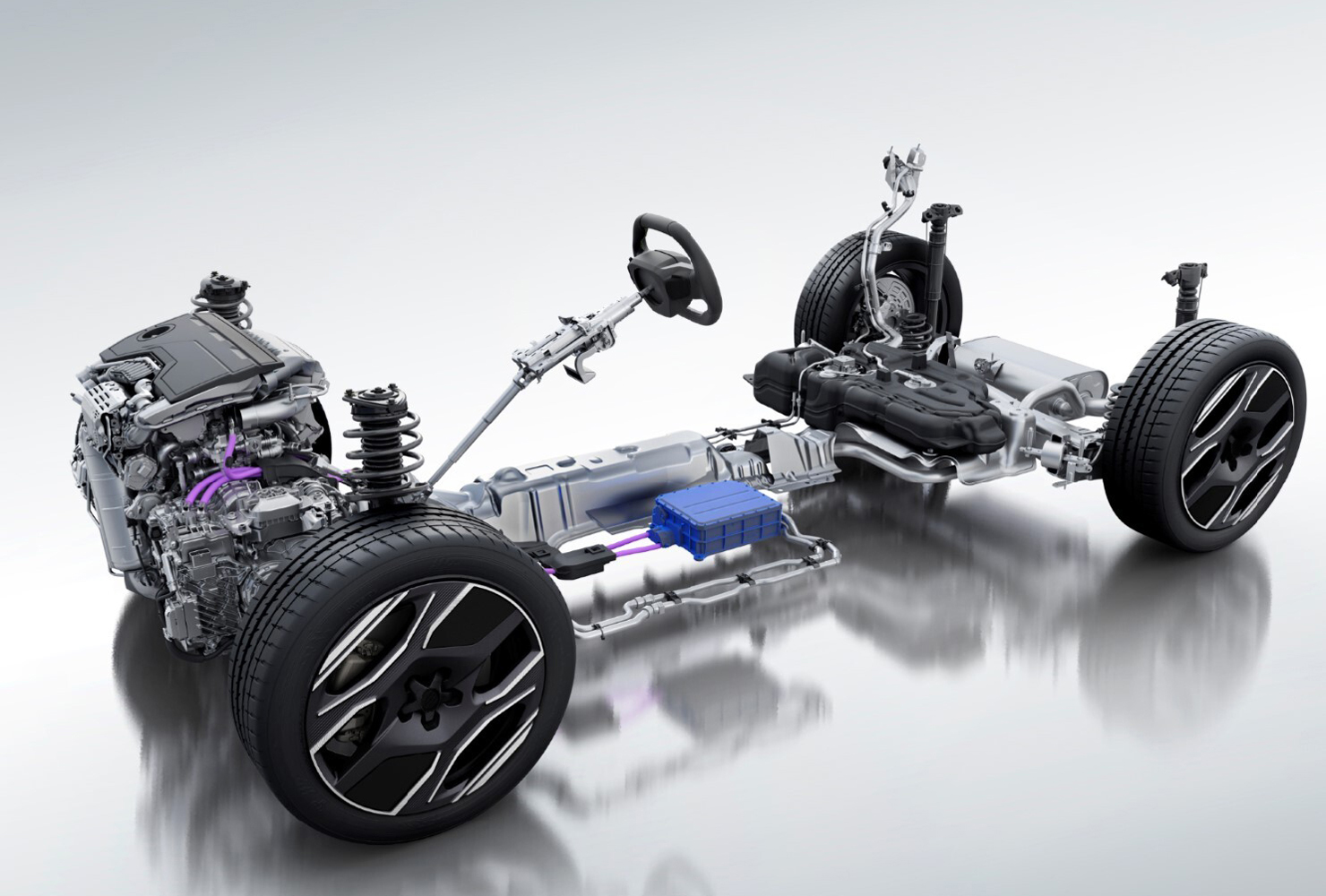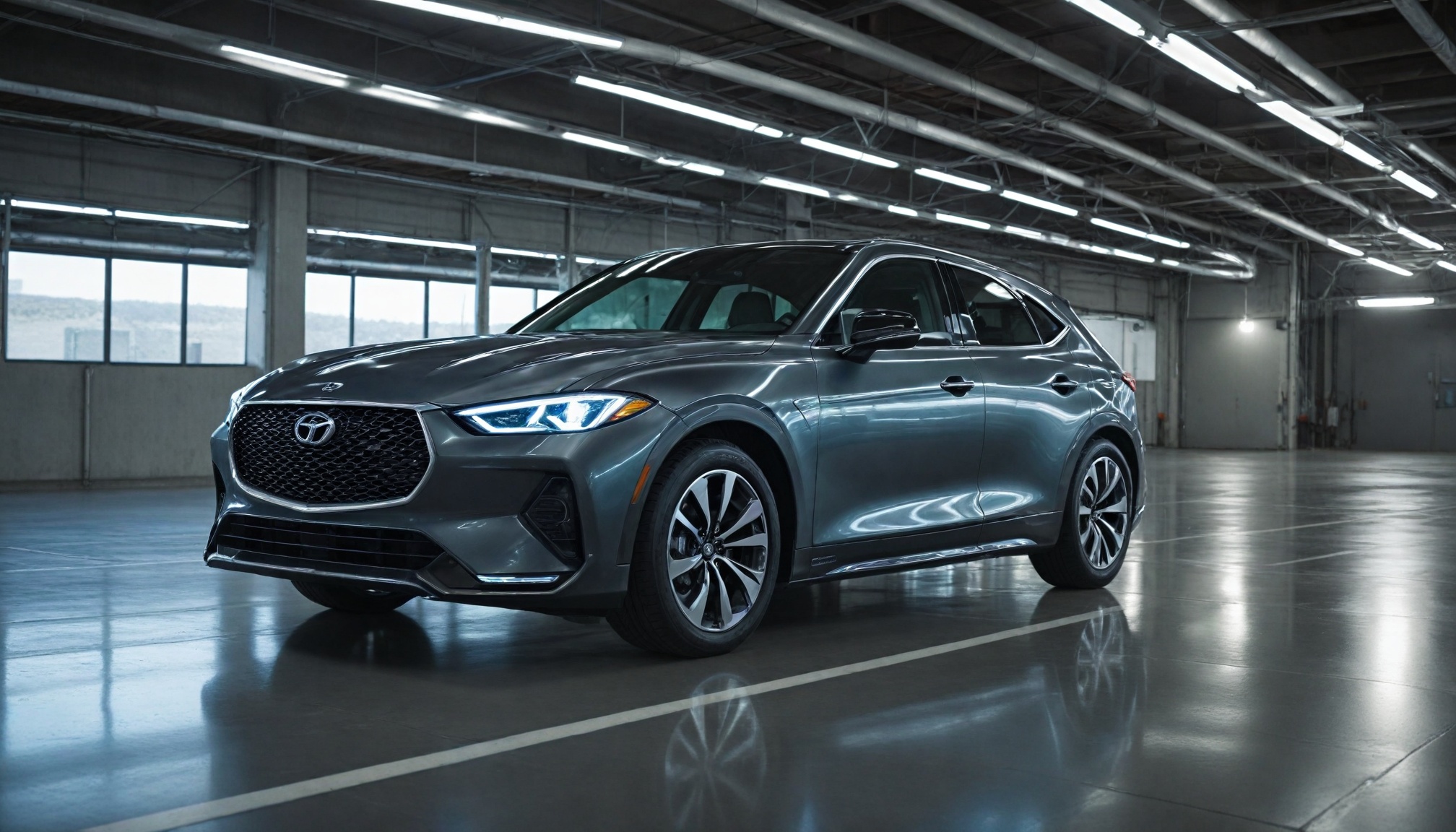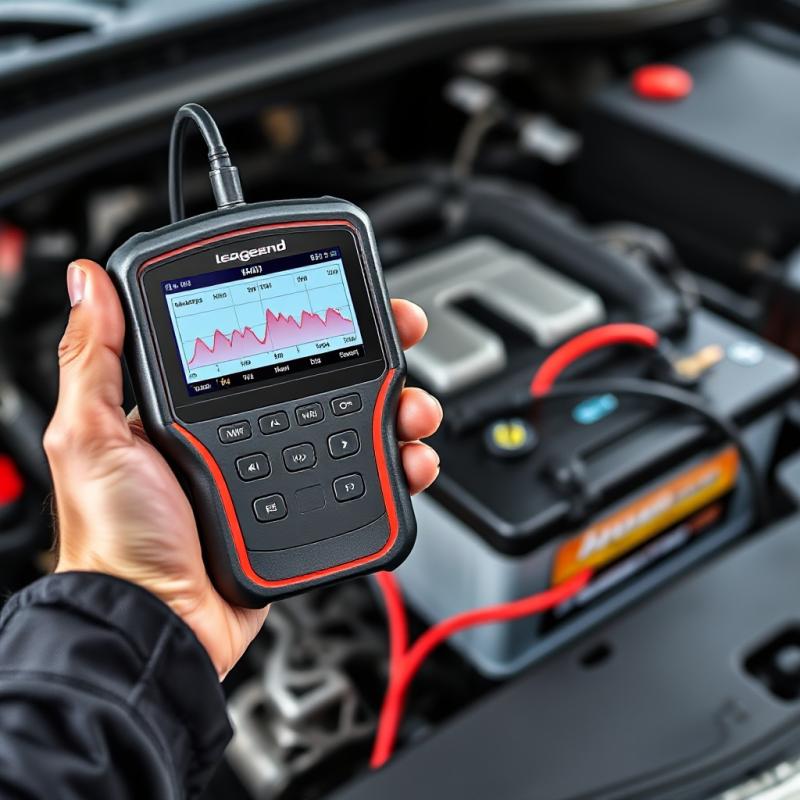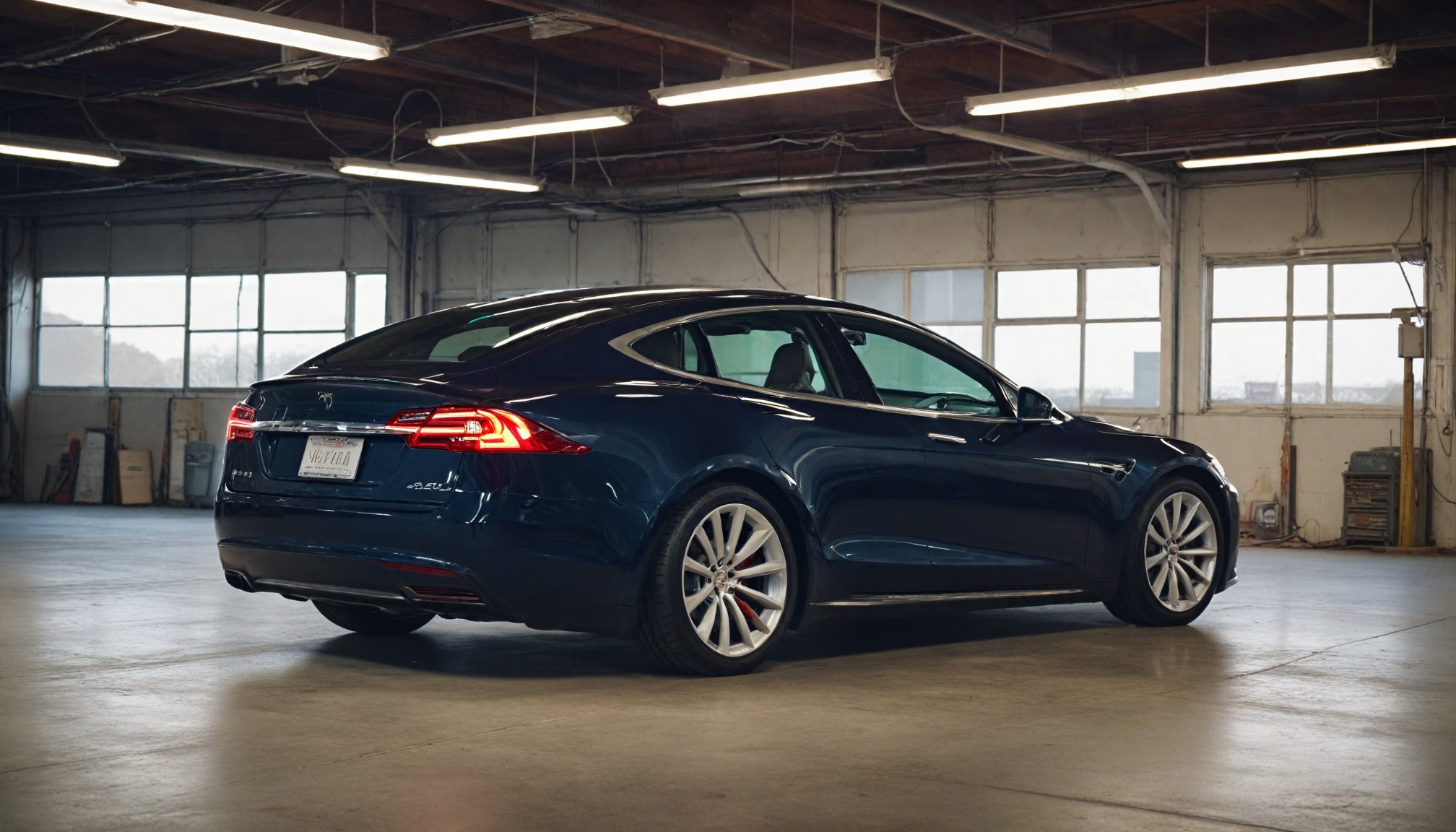
Modern vehicles contain 150M lines of code, creating critical security vulnerabilities exploited by hackers. OTA updates offer convenience but cybersecurity incidents cost billions in 2022-2024.

Drivetech Partners
Today's vehicles are sophisticated computers on wheels, containing up to 150 million lines of code and increasingly relying on over-the-air updates to add features and fix bugs. This software-centric revolution, while bringing unprecedented convenience and innovation, has simultaneously created critical security vulnerabilities that cybercriminals are actively exploiting—resulting in tens of billions in losses between 2022-2024 alone.
Key Takeaways
Modern vehicles contain up to 150 million lines of code, creating an expansive attack surface for hackers
Over-the-air (OTA) updates provide convenience but create critical security vulnerabilities that can compromise vehicle safety
Automotive cybersecurity incidents have caused tens of billions in losses between 2022-2024
Published automotive vulnerabilities reached 530 in 2024, nearly double the figure from 2019
Multi-layered defense strategies including digital signatures and penetration testing are essential to protect connected vehicles

The Evolution of Software-Defined Vehicles and OTA Updates
The automotive industry has undergone a radical transformation with the rise of software-defined vehicles. Modern cars aren't just mechanical marvels—they're rolling computers packed with Electronic Control Units (ECUs) that manage everything from engine performance to cabin climate. This shift has made over-the-air (OTA) updates an indispensable feature for manufacturers and drivers alike.
OTA updates allow automakers to remotely patch vulnerabilities, add features, and improve performance without requiring dealership visits. This capability has quickly become standard across vehicle brands, particularly in electric vehicles and connected cars. While these updates help maintain vehicle security by addressing known issues quickly, they also create new attack surfaces that hackers can exploit.
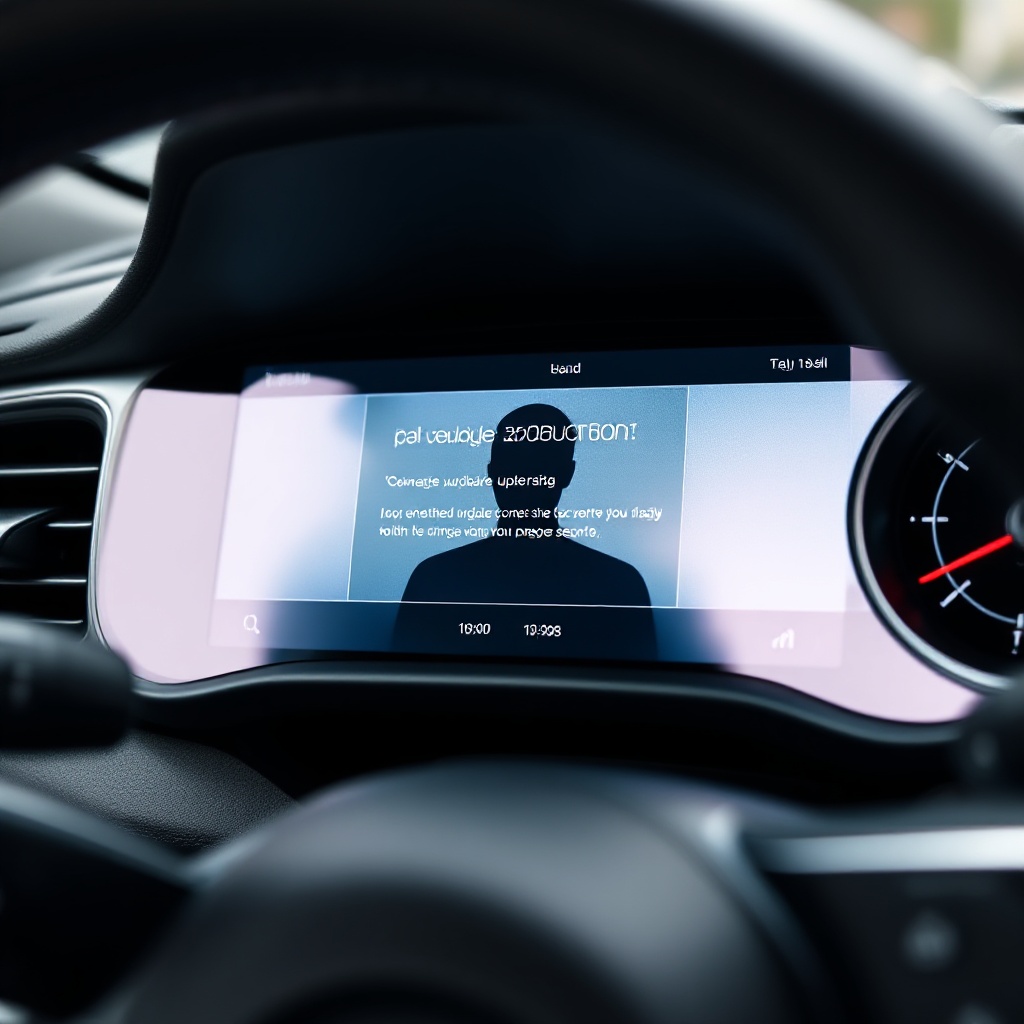
Alarming Growth in Automotive Cybersecurity Incidents
The statistics paint a disturbing picture of the current automotive security landscape. In 2024 alone, there were 215 recorded cybersecurity incidents targeting vehicles and their supporting infrastructure. These attacks have resulted in massive financial damage, with losses in the tens of billions of dollars from 2022-2024 stemming from ransomware, data breaches, and operational disruptions.
Even more concerning is the rapid growth in identified vulnerabilities. Published automotive vulnerabilities (CVEs) reached 530 in 2024, nearly double the 2019 figure. Over 77% of these vulnerabilities were found in onboard or in-vehicle systems, highlighting the primary focus of attackers.
Cloud and backend infrastructures that support connected vehicles have become the most frequently targeted attack vectors, giving hackers potential access to entire fleets rather than individual vehicles.
High-Profile Vulnerabilities and Emerging Threats
Security research continues to expose alarming weaknesses in automotive systems. The Pwn2Own Automotive 2025 contest revealed 49 unique zero-day vulnerabilities, primarily in in-vehicle infotainment (IVI) systems and EV charging infrastructure. These competitions highlight the concerning reality that many vulnerabilities remain undiscovered until actively sought out by security researchers.
Critical weaknesses have been identified across multiple systems, including:
Infotainment platforms
In-vehicle operating systems
EV charging infrastructure using insecure payment protocols
Outdated communication standards
Perhaps most alarming is the emergence of dark web marketplaces as hubs for exchanging stolen vehicle data and exploit techniques. These underground forums have created an ecosystem where automotive hacking skills and tools can be readily acquired, significantly lowering the barrier to entry for potential attackers.
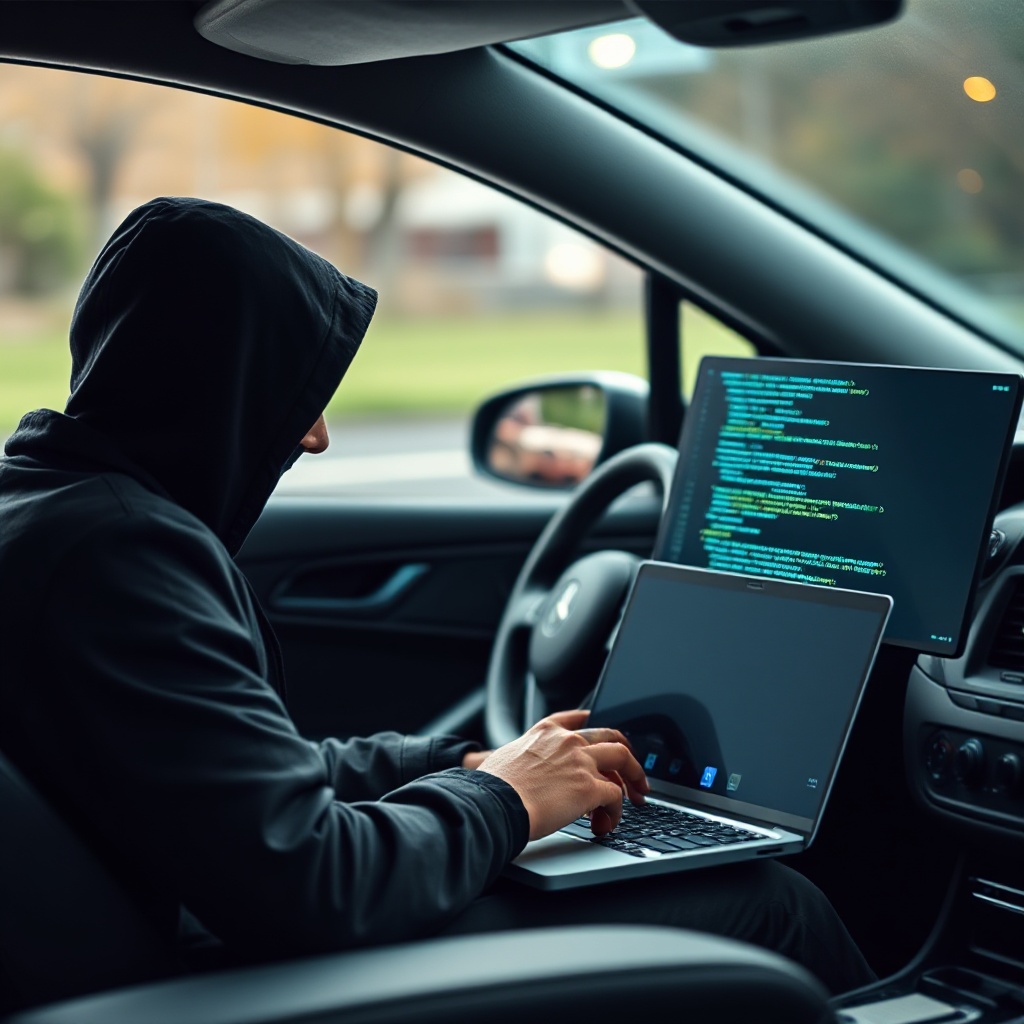
Attack Vectors and Security Implications
The security implications of vulnerable OTA update systems are far-reaching. Cybercriminals can execute remote vehicle hijacking through compromised updates, potentially taking control of critical vehicle functions. The installation of malware via unauthorized updates can lead to data theft and system control, putting both personal information and physical safety at risk.
Battery-electric vehicles (BEVs) and AI-enhanced features introduce additional complexity and potential vulnerabilities. As vehicles become more sophisticated, their attack surface expands proportionally. Successful attacks can have devastating consequences, including:
Costly recalls affecting millions of vehicles
Safety hazards for drivers and passengers
Significant damage to brand reputation
Legal liability and regulatory penalties
The integration of artificial intelligence in vehicles creates another dimension of risk, as AI systems can potentially be manipulated or fooled by adversarial inputs designed to trigger unsafe behaviors.
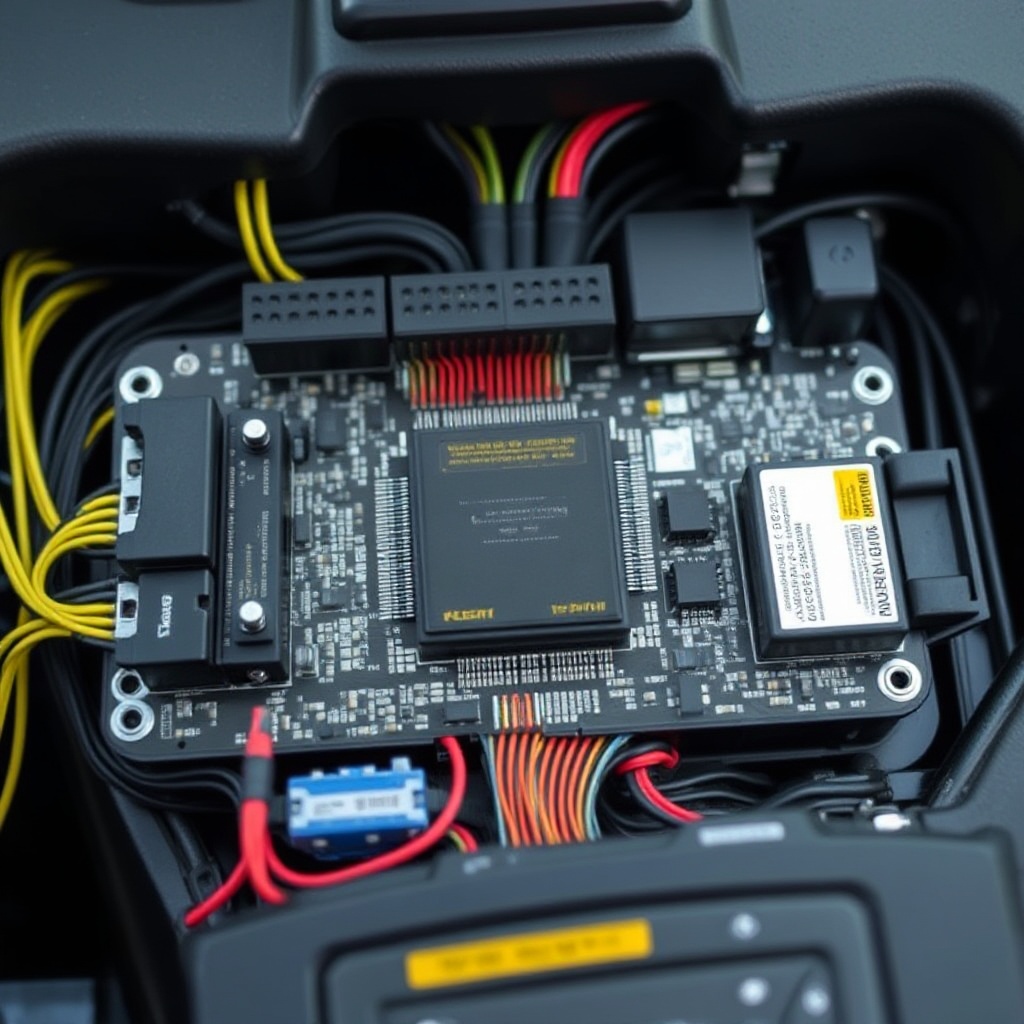
Regulatory Framework and Industry Standards
In response to these growing threats, regulatory bodies and industry organizations have developed comprehensive standards to address automotive cybersecurity. ISO/SAE 21434 has emerged as the leading global standard for automotive cybersecurity, harmonizing previous standards and setting criteria for identifying and mitigating risks across the vehicle software lifecycle.
United Nations Economic Commission for Europe (UNECE) has established two critical regulations:
Regulation No. 156: Requires manufacturers to implement a Software Update Management System (SUMS)
Regulation No. 155: Mandates Cybersecurity Management Systems (CSMS) throughout a vehicle's lifecycle
Meanwhile, U.S. and Chinese regulators are establishing minimum cybersecurity standards for connected vehicles, with particular focus on the security of foreign-sourced components and software. These regulatory frameworks aim to ensure that security is built into vehicles from the design phase through end-of-life.
Essential Cybersecurity Solutions and Best Practices
Protecting vehicles from OTA update vulnerabilities requires a multi-faceted approach. The most effective security strategies employ layered defense mechanisms including digital signatures, secure boot processes, robust authentication, and anomaly detection systems to identify suspicious activities.
Key security practices include:
Penetration testing to simulate real-world attacks before deployment
Continuous static and dynamic code analysis to uncover vulnerabilities pre-deployment
Development of AI-powered vehicle Security Operations Centers (vSOCs) for faster threat detection
Real-time monitoring and rapid vulnerability patching across the supply chain
The industry is increasingly turning to advanced cryptographic solutions to secure update channels and verify the authenticity of software packages before installation. These technologies help ensure that only authorized updates from legitimate sources can be installed on vehicle systems.
Future Challenges and Industry Imperatives
Despite progress in security measures, significant challenges remain. Supply chain security is a major ongoing concern, with third-party components representing potential weak points that can compromise otherwise secure systems. The rapid expansion of electric vehicles, AI features, and IoT integrations continues to expand the attack surface faster than security measures can adapt.
For the automotive industry to stay ahead of these evolving threats, several imperatives stand out:
Accelerating security efforts to keep pace with technological innovation
Building security expertise and awareness throughout the automotive workforce
Fostering collaboration between manufacturers, suppliers, and security experts
Investing in proactive threat intelligence and vulnerability research
The future of automotive security will depend on the industry's ability to transform cybersecurity from a compliance requirement into a fundamental design principle that shapes every aspect of vehicle development and operation.
Sources
VicOne - Shifting Gears for 2025: The Next Generation of Automotive Cybersecurity Challenges
VicOne - Shifting Gears 2025 Automotive Cybersecurity Report
Trustonic - Our Automotive Cyber Security Predictions for 2025
WardsAuto - Tens of Billions of Dollars Lost in Auto Cyber Attacks
Upstream - Global Automotive Cybersecurity Report
NTT Data - Automotive Security Testing
Parasoft - ISO 21434
NHTSA - Cybersecurity of Firmware Updates
BusinessWire - VicOne Research Estimates Tens of Billions in Automotive Cyberattack Losses
Finite State - Automotive Cybersecurity Standards: A Primer

